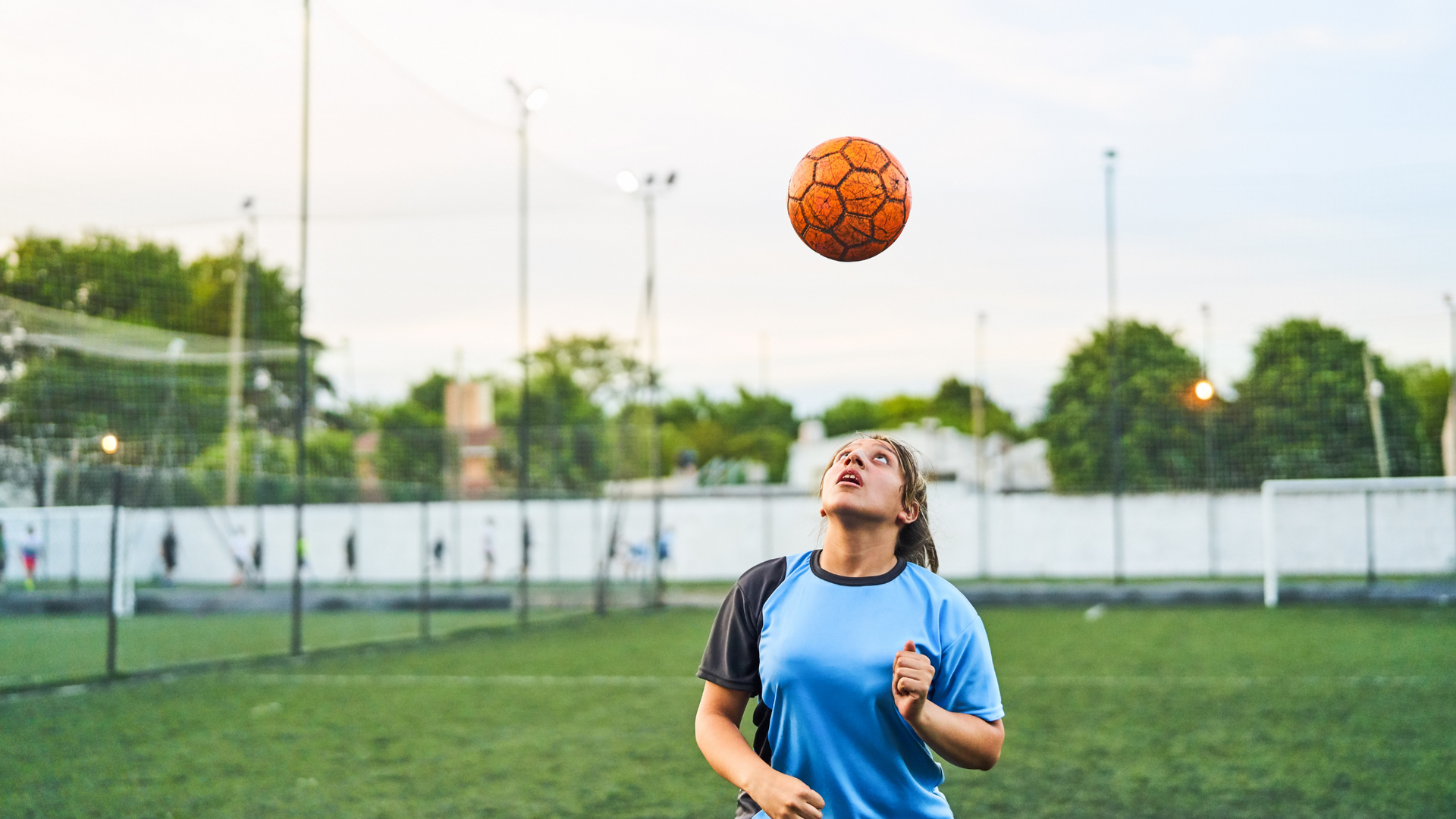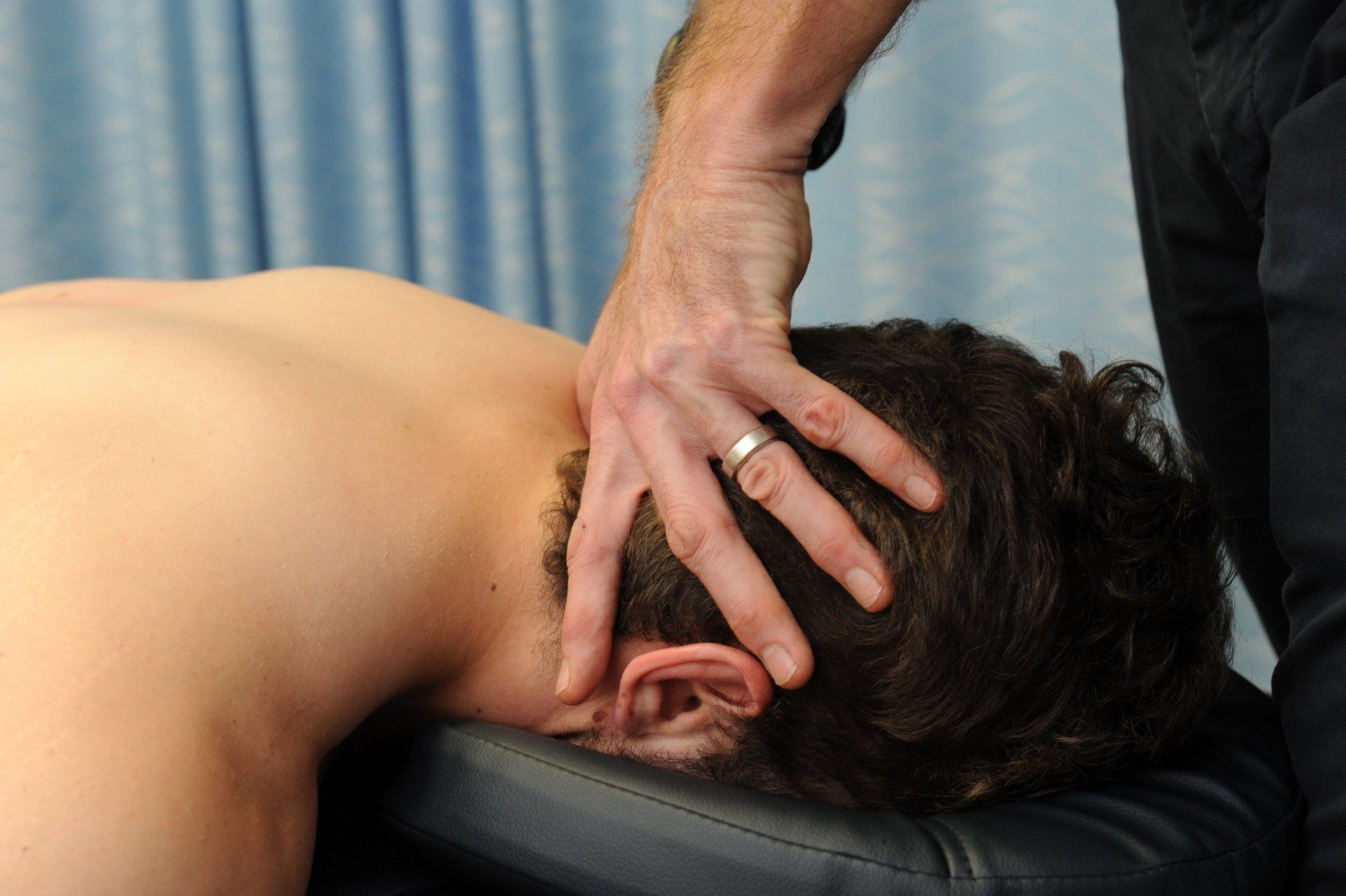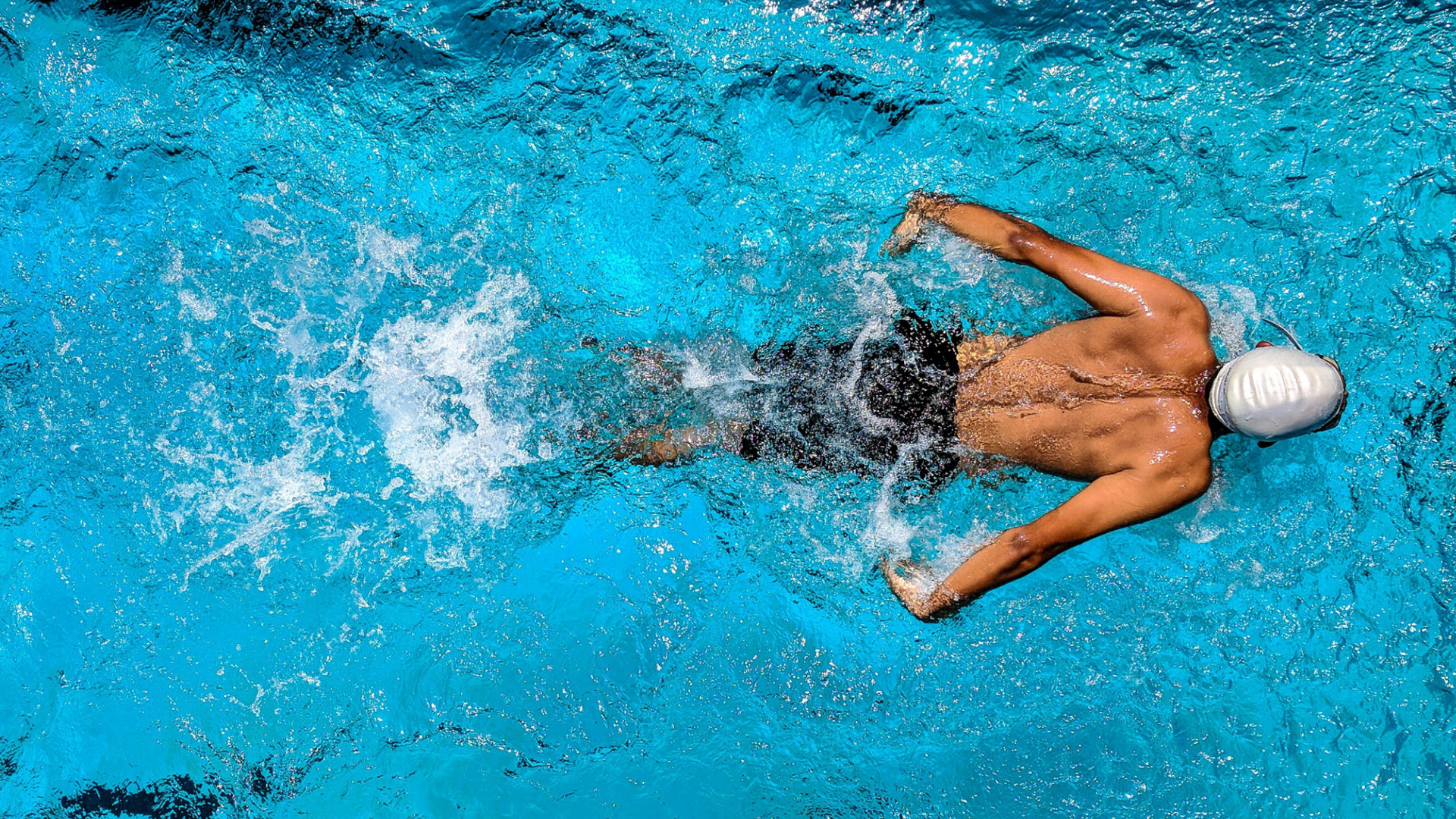Concussion - Recognise the Symptoms
Could you recognise the symptoms of concussion on Saturday morning?

How well do you know concussion? Could you recognise the signs and make an informed decision about the welfare of a player who may have a concussion on Saturday morning? Do you know your 5Rs when it comes to concussion?
While concussion might seem like a hot topic right now, in the sports medicine field, concussion has been a big issue for a long time.
As an injury with potential long-term repercussions, concussion is finally getting the recognition it deserves. But the bridge to recognising and managing concussion amongst our most vulnerable – our kids – and in amateur sport, has a long way to go. Fortunately, there is a growing body of evidence, websites, and user-friendly apps to help navigate the concussion world. (There’s a list at the bottom of this blog).
What is a concussion?
The 5th International Conference on Concussion in Sport held in Berlin in 2016 defines sport-related concussion as:
“…a traumatic brain injury induced by biomechanical forces.”
It can be a direct or indirect force to the head, face, neck or elsewhere with the force transmitted to the head. The force imparted to the head can cause a biochemical imbalance within the brain cells, resulting in a disturbance in brain function rather than a structural injury to the brain.
Concussion is common in the contact sports many Australians participate in across the country and while we might immediately think AFL, boxing, and rugby codes, non-contact sports such as cycling, basketball, soccer, hockey, and netball have their fair share of head knocks that result in concussion. Early identification of a sports related concussion is important for treatment and ongoing management of athletes.
Signs and Symptoms
When we’re around sport, we need to be looking out for signs and symptoms of a sports related concussion; signs are changes that are observed by others; and symptoms are felt and reported by the patient.
Signs observed by others include:
- Appearing dazed/stunned
- Moving clumsily
- Confused about their position, sports plays, scores, or be disoriented to place and time
- Answering questions slowly/delayed
- Demonstrating behavioural or personality changes
- Being unable to recall events prior or after fall/hit
Symptoms reported by the patient include:
- Headache/pressure in head
- Nausea/vomiting
- Balance/dizziness problems
- Sensitivity to light and noise
- Feeling sluggish/foggy/ hazy/groggy
- Reduced concentration/memory
- Confusion
- They just don’t feel right
Red Flags
Every suspected incident of concussion should be treated seriously, however certain red flags identify those athletes that should be immediately evaluated by a doctor or licensed healthcare professional.
Red flags may include:
- Neck pain or tenderness
- Increasing confusion and irritability
- Repeated vomiting
- Seizure or convulsion
- Weakness or tingling/burning in arms or legs
- Loss of consciousness
- Deteriorating conscious state
- Severe or increasing headache
- Double vision
After assessment the doctor or licensed healthcare professional may at their discretion send the athlete for further assessment at a medical facility.
How can sporting organisations help recognise concussion?
Prevention, recognition, and management of concussion within sport is everyone’s responsibility
Sports Medicine Australia recommend the following approach for sporting teams and organisations:
- Educate. Educate personnal - players, parents, coaches, umpires, managers, and other people associated with the team - about recognising the signs and symptoms of concussion. These can be done through both fact sheets provided at preseason as well as face-to-face education.
- Information. In the pre-season period, gather information on all players about their concussion history and identify those players who are at higher risk of a concussion.
- Designate. It is recommended that clubs and/or teams have a designated concussion coordinator that has the authority to make decisions and be proactive around concussion. Coordinators will update all stakeholders on concussion policy, notify parents of concussed junior players and ensure concussion protocols are followed.
- Get an app. Apps such as headcheck or the Sport Concussion Assessment Tool 5 (SCAT5) are free, easy to apply and can assist in identifying a concussion and guiding the next step in management.
How can I help?
The days of brushing off a head knock as a badge of honour or as “character building” are well past us. Our knowledge and understanding has advanced significantly in the past 20 years and so too should our management and preparedness to report concussion.
If you're a player:
- Treat it seriously.
- Report concussion symptoms, even if they are mild.
- Report if you suspect a teammate has a concussion, even if their symptoms are mild.
- Follow any medical advice provided.
If you're a parent/guardian:
- Learn the 5Rs of concussion.
- Talk to your kids, ask about the game and discuss any head knocks that they report.
- Watch carefully for immediate and delayed signs and symptoms of concussion.
- Seek proper care for your child and follow medical advice.
- Inform stakeholders such as the coach, sports trainers, physiotherapist, or concussion coordinator of your child’s health and any medical advice received.
The Take Home
Concussion is a common risk of many sports. It's potential long-term ramifications demand greater understanding and acceptance by participants and sports personnal. Understanding and recognising the signs and symptoms of concussion is imperative if the long-term effects of sports-related concussion are to be effectively managed and the enjoyment of sport preserved.
If your looking for some more information on the management of concussion, check out the following links:
- https://www.concussioninsport.gov.au/
- https://sma.org.au/resources-advice/concussion/
- https://scat5.cattonline.com/
- https://www.headcheck.com.au/
Have you recently had a concussion and want to get it sorted? Give us a call.
We are part of a well-connected network of physiotherapists, massage therapists, doctors and surgeons and can treat and manage concussion and return to sport with a personalised, goal-oriented and comprehensive management plan.
Call now on 08 8945 3799 or click on BOOK AN APPOINTMENT to book online.
Resources:
- Daly, E., Pearce, A. J., Finnegan, E., Cooney, C., McDonagh, M., Scully, G., ... & Ryan, L. (2022). An assessment of current concussion identification and diagnosis methods in sports settings: a systematic review. BMC sports science, medicine and rehabilitation, 14(1), 1-10.
- Schneider, K. J., Patricios, J., Echemendia, R. J., Makdissi, M., Davis, G. A., Ahmed, O. H., ... & Engebretsen, L. (2022). Concussion in sport: the consensus process continues. British journal of sports medicine, 56(19), 1059-1060.
- Yeo, P. C., Yeo, E. Q., Probert, J., Sim, S. H., & Sirisena, D. (2020). A systematic review and qualitative analysis of concussion knowledge amongst sports coaches and match officials. Journal of Sports Science & Medicine, 19(1), 65.








